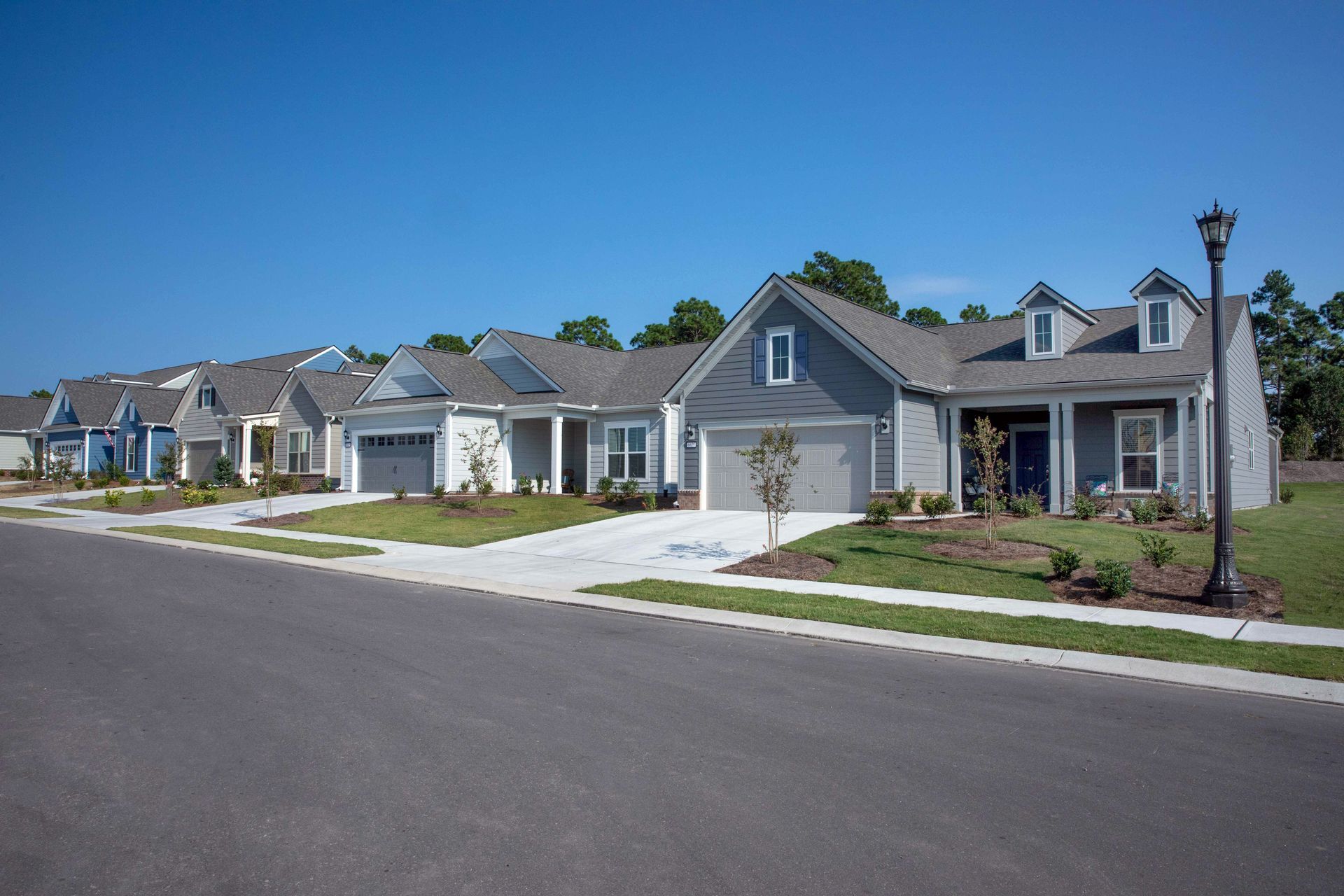How to Make Your Home a Happier Place
Create a haven that makes you feel good every time you walk through the front door
We spend so much time in our homes that it’s important that they bring us joy. Follow these inspiring ideas to spread a little happiness in your home.
1. Let In the Sunshine
Nothing will lift your mood like sunlight beaming in through your windows. To make sure that your home gets its full quota of rays, keep the glass clean and free from streaks and finger marks.
To clean the outsides, it’s often best to call in a professional, but the insides are easy to do yourself. Use a dry brush to sweep away dust from the frames, then sponge the glass with soapy water. Finally, remove the water by making S shapes on the window with a squeegee. Windows need to be cleaned at least twice a year. Don’t think yours are dirty? Give them a clean and you’ll immediately notice the difference.
2. Promote a Warm Welcome
Ensure that you feel good every time you come home by creating an inviting hallway. You’ll need good storage for your outdoor paraphernalia so that the entrance is tidy as you enter. Include hooks for coats, a shoe rack, and baskets for scarves, gloves and umbrellas.
Freshen up the area by painting the walls and door. The key is to choose a color scheme that makes you happy. Add mood-lifting extras such as flowers, a mirror or a beautifully scented reed diffuser.
3. Make Your Bed
A good day needs a cheery start, so one of the most positive things you can do at home is make your bed. By tidying your sleeping area when you wake up, you’ll begin your day on an upbeat note. This simple act will make you feel organized and ready for action.
Then later on, when you head sleepily up to bed, you’ll find a restful space to relax.
4. Get a Good Night’s Sleep
To make sure that your sleep is even more restful, it’s best to be in a completely dark room. When it’s dark, our bodies produce more of the hormone melatonin, which makes us feel tired. Light, in contrast, gives powerful cues to the brain that it’s time to wake up. To keep street lamps or early-morning sunlight from poking in, put up blinds or curtains with a blackout lining.
Similarly, keep a low-wattage lamp on your bedside table to help you wind down before you go to sleep.
5. Bring In Fresh Flowers
A vase of beautiful flowers instantly cheers up a room and lifts a person’s mood. By putting flowers on your kitchen table, you’ll connect with nature every time you come into the room.
Your choice of flowers can be anything from a huge mixed bouquet to a simple seasonal sprig. Start in January with early daffodils and hyacinths, then keep checking to see what’s around throughout the year. If you have outside space, try growing flowers that you can cut.
6. Fill It With Happy Memories
Display things around your home that remind you of friends, family and places you’ve visited. Put travel souvenirs where you can see them to remind you of experiences and perhaps to prompt you to make new plans.
We all have hundreds of photos on our digital equipment nowadays, but we often forget to print them. Set an evening aside to sort through them, get a selection printed and plan a creative way to display them.
7. Share It With Animals
Want to de-stress after a long day? How about curling up on the sofa and stroking your pet? Studies have shown that the simple act of cuddling an animal releases the hormone oxytocin, which makes us feel calm.
The benefits don’t stop there, though. By keeping a pet at home, you’ll have the opportunity to form a relationship with another creature, and hopefully you’ll be rewarded by lots of fun and cuddles.
8. Do Those Quick Fixes
Those household nuisances, such as leaky faucets and broken door handles, shouldn’t be ignored. Every time you come across something that needs fixing, you could get irritated.
So rather than putting off these annoying jobs, face them head-on. A little effort will result in a well-run home with no tricky hindrances, and you’ll get a welcome feeling of accomplishment to boot.
9. Make a Space for You
In a busy household, it’s important to find a place to gather your thoughts and spend a few minutes by yourself. Being alone for a while will allow you to recharge and get ready to face the world again.
If you can’t grab a whole room for yourself, a cozy corner will do just fine. If you have a hobby, such as crocheting or painting, create a designated space for it. Devise storage that will keep your equipment at hand so that you can dip in and out whenever you have spare time.
10. Connect With Your Neighbors
What really makes most of us happy are our relationships with other people. By making friends with your neighbors, you’ll be able to nurture those relationships whenever you’re at home.
Make the effort to say hello whenever you see your neighbors and offer to water their plants while they’re away. Before you know it, you’ll be well on your way to turning your street into a real community.
11. Make Healthy Eating Easy
Encourage a positive lifestyle by keeping healthy food within reach. The most obvious way is to put a bowl of fruit on the table, but there are other things you can do.
Avoid last-minute dinner decisions by displaying a meal planner in the kitchen, with nourishing options for the whole week. If you have children, get them involved by asking them to contribute their ideas.
Think of ways you can make it easy to choose a wholesome snack. Keep nuts and granola bars in tempting glass jars. If you’ve invested in a juicer or yogurt maker, don’t let it languish in the cupboard. Make room for it on the counter so that you’ll be more inclined to use it.
Source:
Houzz
Dusty Rhodes Properties is the Best Realtor in Myrtle Beach! We do everything in our power to help you find the home of your dreams. With experience, expertise, and passion, we are the perfect partner for you in Myrtle Beach, South Carolina. We love what we do and it shows. With more than 22 years of experience in the field, we know our industry like the back of our hands. There’s no challenge too big or too small, and we dedicate our utmost energy to every project we take on. We search thousands of the active and new listings from Aynor, Carolina Forest, Conway, Garden City Beach, Longs, Loris, Murrells Inlet, Myrtle Beach, North Myrtle Beach, Pawleys Island, and Surfside Beach real estate listings to find the hottest deals just for you!
Share





